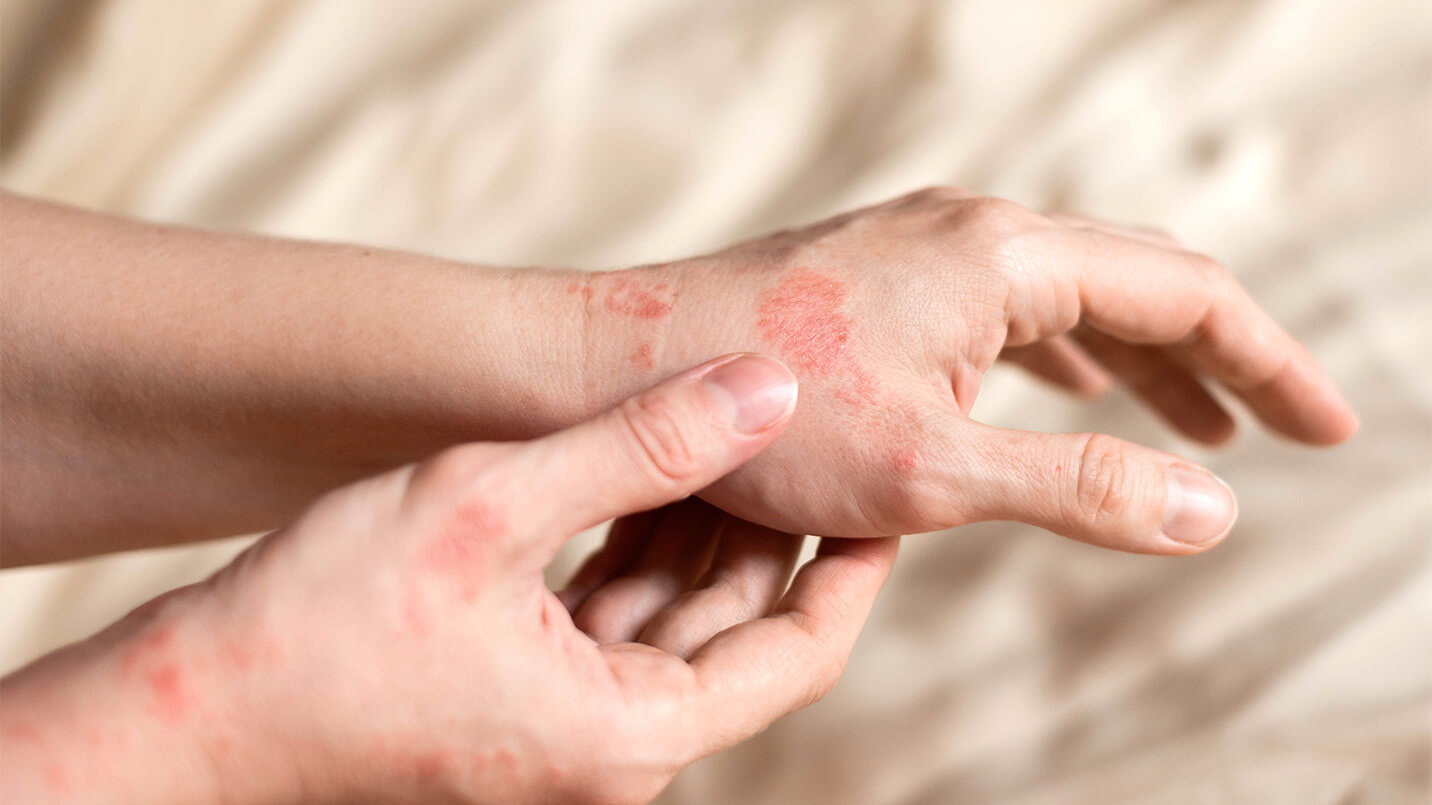Identifying the Different Types of Acne
Acne types, causes and effective treatment options for clearer skin
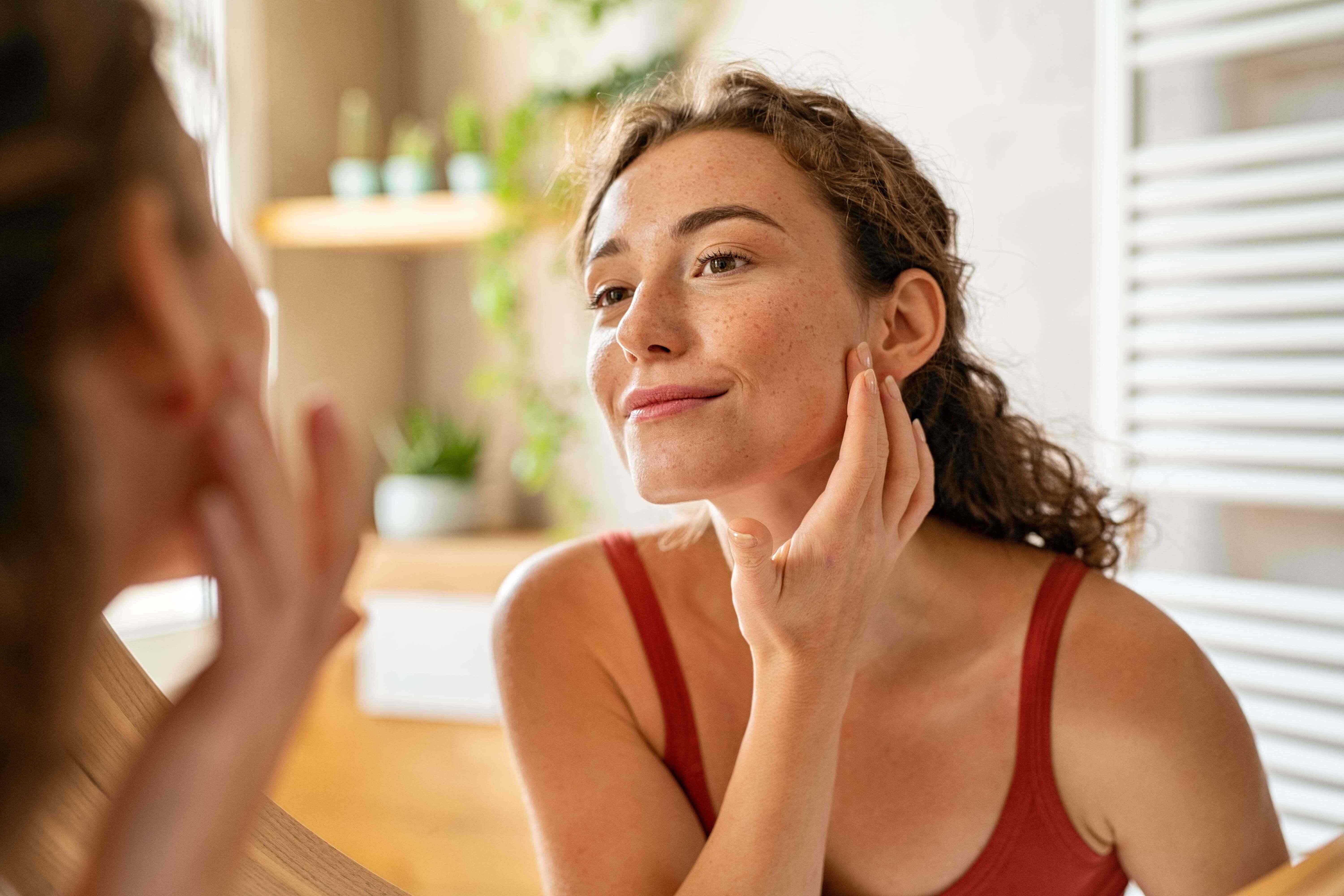
If you want to talk about a party-crasher, let’s talk about acne. Those raised bumps, rocking a vibrant shade of red leave us feeling frustrated and insecure. You’re definitely not alone. Whether you’re a teenager going through puberty or an adult dealing with a breakout before a big meeting, it’s important to know which type of acne you’re dealing with.
Turns out there are several types of acne, and understanding which one you have is crucial for finding effective treatment.
What is Acne?
We all know what acne is, but do you actually know what causes it?
Acne occurs when hair follicles in the skin get clogged with oil, dead skin cells and bacteria. Hormonal changes, increased sebum (oil from the sebaceous glands), clogged pores, bacteria, inflammation and genetics all play a role in all of the fun of acne. Sebum normally helps lubricate and protect the skin, but excess production can lead to its accumulation. The body then responds with inflammation, which is what causes all of the fun redness and swelling.
Understanding the specific type of acne you’re dealing with serves as a crucial initial stride towards achieving a clearer complexion.
Comedones
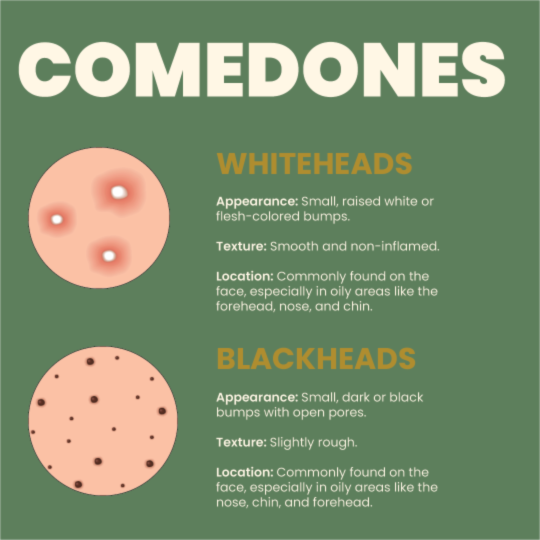
Comedones come in two familiar forms: whiteheads and blackheads. While they can manifest anywhere on your body, they are common in areas rich in sebaceous glands, like the nose and chin.
Whiteheads are small, flesh-colored bumps that form when the pore opening remains closed, clogged with oil, dead skin cells and bacteria. The trapped substances cause a small bump to develop beneath the skin’s surface. Blackheads differ with the pore opening remaining open, exposing the trapped contents to air causing them to oxidize and appear black.
Treatment options: Start by trying OTC (over-the-counter) acne treatments such as benzoyl peroxide cleanser or a salicylic acid cleanser that gently exfoliates the skin to unclog pores. If you’re still struggling, add a topical retinoid to your skincare routine. Remember to apply sunscreen daily and an acne-friendly moisturizer throughout this process. If OTC topical medications fail to improve your condition, seeing a dermatologist might be the best option for you.
Papules
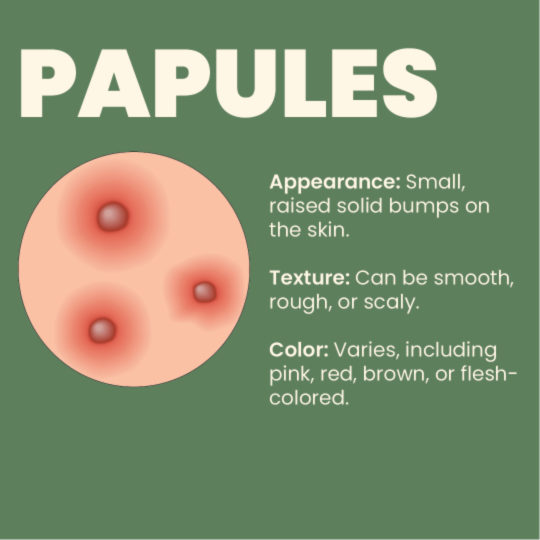
Papules occur when excess oil, dead skin cells and bacteria become trapped deeper into the skin, triggering inflammation resulting in reddened skin, swelling and mild form of inflammatory acne.
They may be tender to the touch and cause some discomfort and itching. They typically appear as small, raised red or pink bumps on the skin. Papules, unlike other pimples, do not have a visible center filled with pus, and picking at them can further irritate the skin and cause scarring.
Treatment options: Start with the same OTC treatments that help reduce comedones. If this doesn’t provide relief, consider products containing alpha-hydroxy acids such as glycolic or lactic acids, or azelaic acid. If these are not effective, a dermatologist may be the best next step. They may prescribe topical dapsone or antibiotics that can kill excess bacteria on the skin.
Pustules
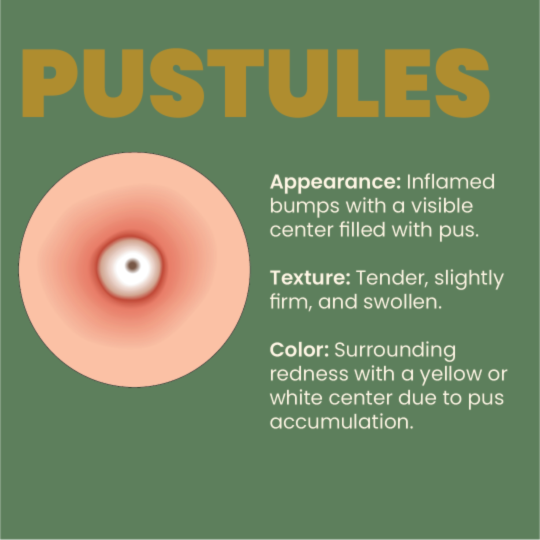
Pustules, typically caused by hormonal imbalances (also referred to as hormonal acne), are small pus-filled bumps with a whitish-yellow appearance and ring of redness. They usually appear on areas of the face like forehead, nose, cheek, chin and jawline. Pustules tend to be more painful and can get messy with the presence of pus.
Treatment options: Similar treatments for papules can be used to treat pustules. The challenge lies in resisting the urge to pop them. We all know the satisfaction that comes with popping a pimple but refrain, refrain, refrain! If you have a tendency to pick at your zits, acne patches might be for you as they provide a medicated barrier between you and your itching fingers (and any bacteria on them). If OTC topical medications fail to improve your condition, seeing a dermatologist might be the best option for you.
Acne mechanica
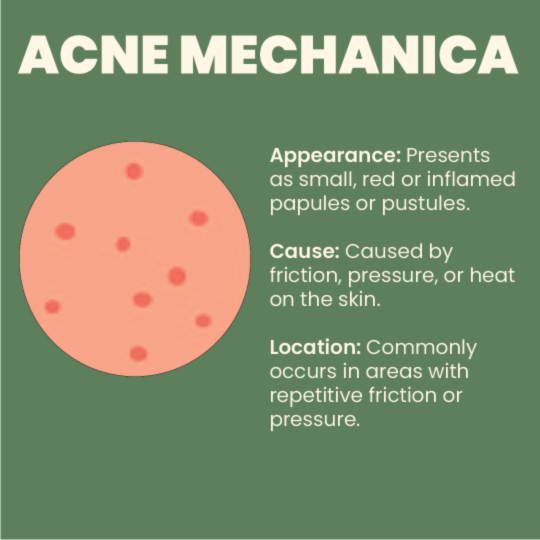
Differing from the rest, acne mechanica is caused by mechanical friction, pressure or heat applied to the skin. Remember the irritating ‘maskne’ that emerged during the COVID-19 pandemic? That is a form of acne mechanica. The constant rubbing and friction disrupt the normal shedding of dead skin cells, leading to the development of acne lesions.
Sweat and heat trapped underneath clothing or other materials may exacerbate the symptoms. This type of acne is common in those like athletes who are used to sports equipment and tight clothing spurring breakouts. Small, rough bumps are produced and are usually felt more than seen.
Treatment options: This type of acne is usually easily resolved. Cleanse your face and body regularly. Prevention is key to relieving the discomfort of itchy, uncomfortable bumps. Consider wearing loose-fitted clothing and using protective padding or cushioning to reduce pressure on the skin. If you are an athlete or regularly active, change out of your clothes when you get home! Give that skin of yours some room to breathe.
Nodules and cysts
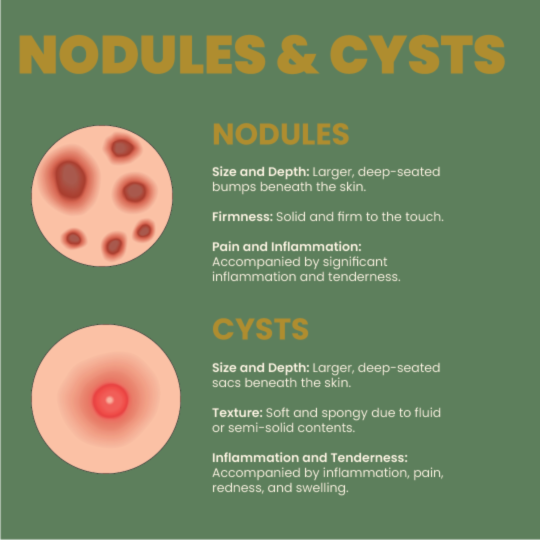
The development of nodules and cysts can be attributed to a combination of factors like excess oil production, hormonal influences, bacterial activity, inflammation and genetics. Nodules are large, solid and often painful bumps that penetrate deep into layers of the skin. They are tender to touch and can persist for weeks. Cysts, or cystic-acne, on the other hand, are similar to nodules but contain pus. They are typically larger in size and are known to be a painful, fluid-filled sac beneath the skin’s surface.
Treatment options: Both nodules and cysts are severe inflammatory acne lesions, surpassing other types of acne in severity. That being said, consulting with a dermatologist is your best bet. You may need a combination of topical and oral medications, such as spironolactone or clindamycin to address these conditions.
How can Agile help with common conditions?
At Agile, we believe everyone should have access to excellent healthcare, regardless of where you are or when you need it. We offer convenient, virtual care across the U.S. for your most common medical conditions. Our network of providers are ready to address your unique concerns to deliver effective, personalized treatment in a timely manner.
To tap into fast, cost-effective care now, schedule a consultation with one of our licensed clinicians!

